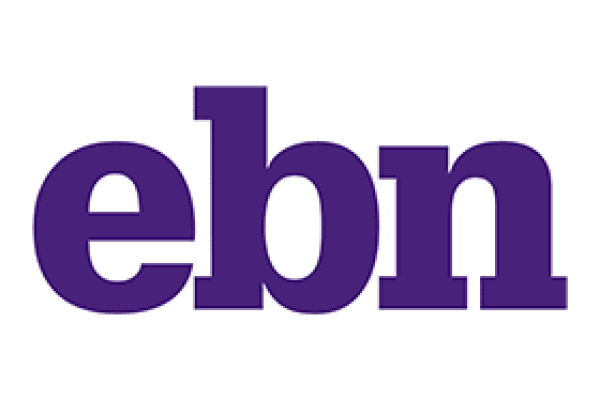Comments (0)
PLC Newsletter: Be a Leadership R.E.I.G.nmaker: Year One Reflection
One year ago, PLC launched this “Be a Leadership R.E.I.G.nmaker” newsletter to coincide with the launch of R.E.I.G.n™, our model that focuses on actions and practices to create and sustain organizational health and employee wellbeing. Organizational health matters because in order for an organization to effectively and efficiently function, there must be alignment between people, purpose, process, outcomes and metrics.
©️ 2024 Pitts Leadership Consulting LLC. All Rights Reserved.
What is the evidence?
According to McKinsey’s Organizational Health Index, we know that healthy organizations:
– Deliver three times the total shareholder return of unhealthy organizations, regardless of industry;
– Have greater resilience and higher financial performance;
– Perform better than unhealthy ones, especially in times of uncertainty; and
– Are the strongest predictor of value creation and a critical factor in sustained competitive advantage.¹
PLC also intentionally focuses on employee wellbeing because it is a driver for organizational health. Employees must understand how to holistically lead self in order to lead others and, ultimately, to lead the organization. Which brings us to why it is important to be a Leadership R.E.I.G.nmaker.
What is a Leadership R.E.I.G.nmaker?
As a reminder, a Leadership R.E.I.G.nmaker is a leader whose positive influence and ability to inspire can initiate progress or ensure success, which can occur within any context. We believe that everyone is a leader and, thus, contributes to the overall success of an organization. Rationale: Each individual acts separately and in collaboration with others to determine what will and will not happen within the organization.
Systems do not magically appear. They are designed and executed by people, which is why we center individual leaders as a means to understand, analyze, evaluate, learn, strategize, make decisions, plan and execute against what will make our organization thrive today and in the future. Every leader – every person – is accountable for the organization’s outcome. And when we use the language of accountability, we are talking about ownership.
The past year, as we continue to navigate this post-pandemic environment, the world has experienced a tremendous amount of upheaval. Economic and geopolitical uncertainty. Multiple wars are occurring. Climate events have increased in frequency and severity. Many people are grappling with how to process the world outside of work, making communicating and collaborating in a way that does not leave us drained and de-energized to meet stated goals at work more taxing.
©️ 2024 Pitts Leadership Consulting LLC. All Rights Reserved.
What’s top of mind with employers?
People drive organizations and organizations need those people to be present and engaged so they can be productive and perform. Surprised? I hope not. Mercer’s 2024 Global Talent Trends reinforce that notion. The top two priorities for global HR leaders are 1) enhancing the employee experience to attract and retain top talent and 2) investing more in benefits to improve physical/mental health.²
For many of you in the PLC ecosystem who are in asset management, this data is likely already known to you:
“Seventy percent of asset managers say that a company’s people sustainability (including turnover, employer brand and talent pipeline strength) is critical to informing investment decisions, and 55% cite social sustainability (a focus on equity, social inclusion, and societal impact) as a secondary driver (ahead of environmental sustainability and governance) — recognition that People risks are business risks.”³
People are typically one of the largest organizational investments, therefore, intentionally focusing on how to generate a positive return on that investment is critical. Retention is essential for success and engagement is a fundamental driver for that retention.
What are employees thinking about?
Now more than ever, employees are thinking about themselves. What they want versus what they need. How they want to spend their time and how much of that time they want to spend at work. How they define meaningful work. What work environments align with their values and sense of purpose. Where they want to live to be able to truly enjoy life. How can they design their lives to integrate those wants and needs in a way that is sustainable. If organizations are not tuned into this new post-pandemic worker, things are going to (continue to) be sticky.
There is plenty of data to support that employees have a new outlook on life. Employees are leaving organizations because they “are looking for more connectivity, more purpose, and a sense of how and where they fit into a company’s long-term strategy. When [they] don’t find those things…they disengage, retention takes a hit, and performance and productivity can suffer.”⁴
This brings us full circle back to why PLC created R.E.I.G.n. Congruence between people, purpose, process, outcomes and metrics is not nice to have. It is needed to operate.
Final thought
I share all of this to center the fact that organizations that are consistently focused on their people are moving in the right direction. There is so much discussion these days about how power has shifted from employers pre-pandemic, to employees during the pandemic, and now back to employers. In the long-run, viewing the power as shared rather than zero-sum will serve all stakeholders. We need Leadership R.E.I.G.nmakers now more than ever to help us galvanize around positive change, overcoming the challenges and capitalizing on the opportunities that lie ahead.
Bibliography
1 – Camp, A., Gast, A., Goldstein, D., Weddle, B. (2024) Organizational health is (still) the key to long-term performance. McKinsey & Company.
2, 3 – Bravery, K., Silva, J., Peterson, J. (2024) Global Talent Trends 2024 – Workforce 2.0: Unlocking human potential in a machine-augmented world. Mercer.
4 – Weddle, B., Parsons, J., Howard, W., Voelker, A. (2024). Five bold moves to quickly transform your organization’s culture. McKinsey & Company.






LEAVE A REPLY
Your email address will not be published. Required fields are marked *